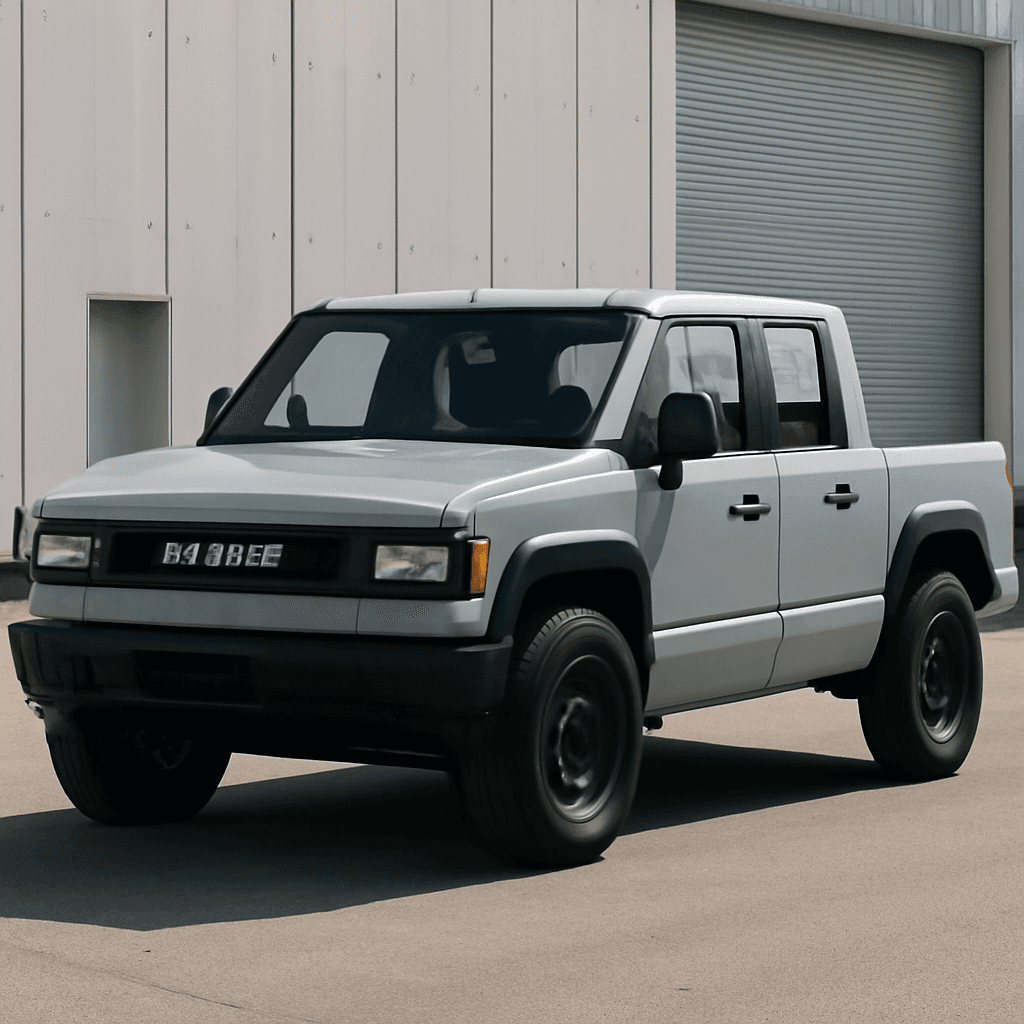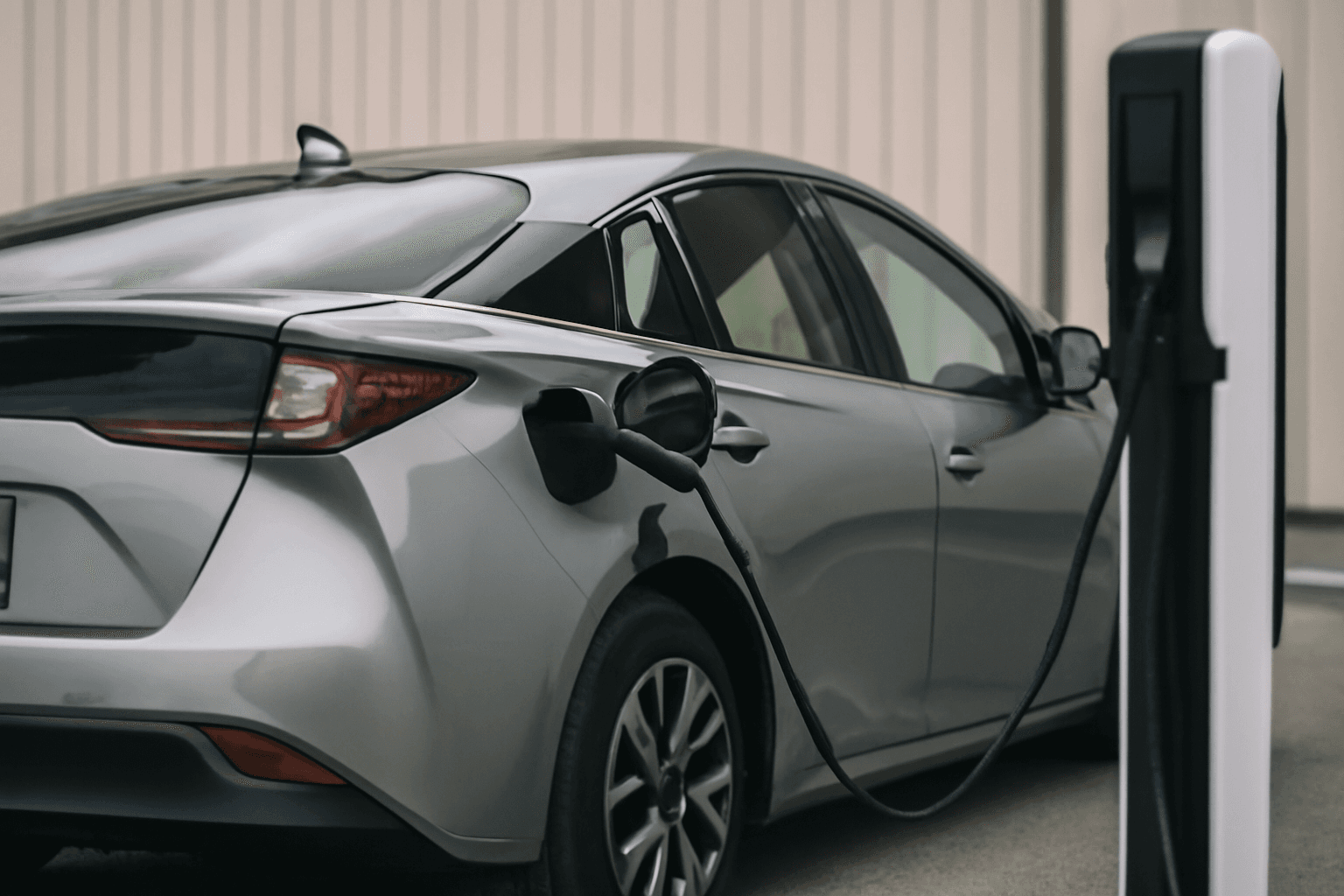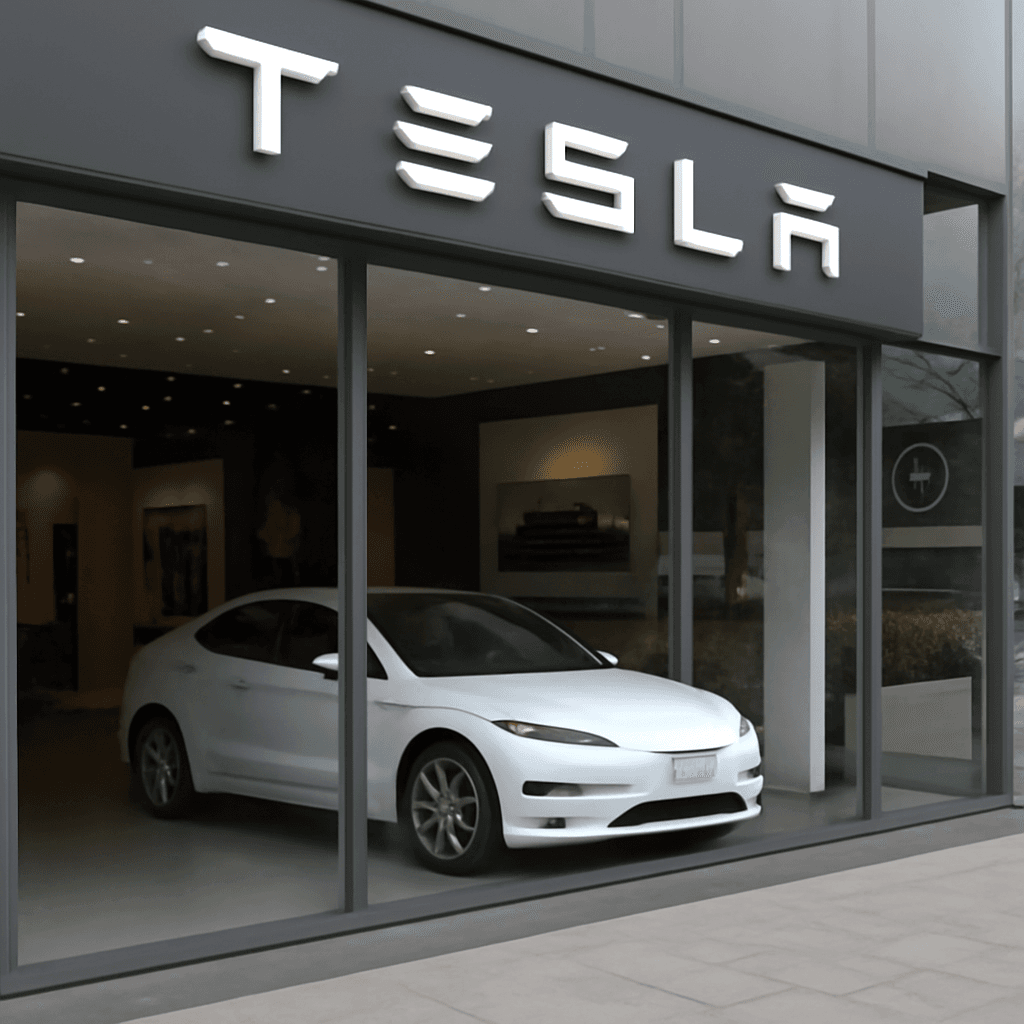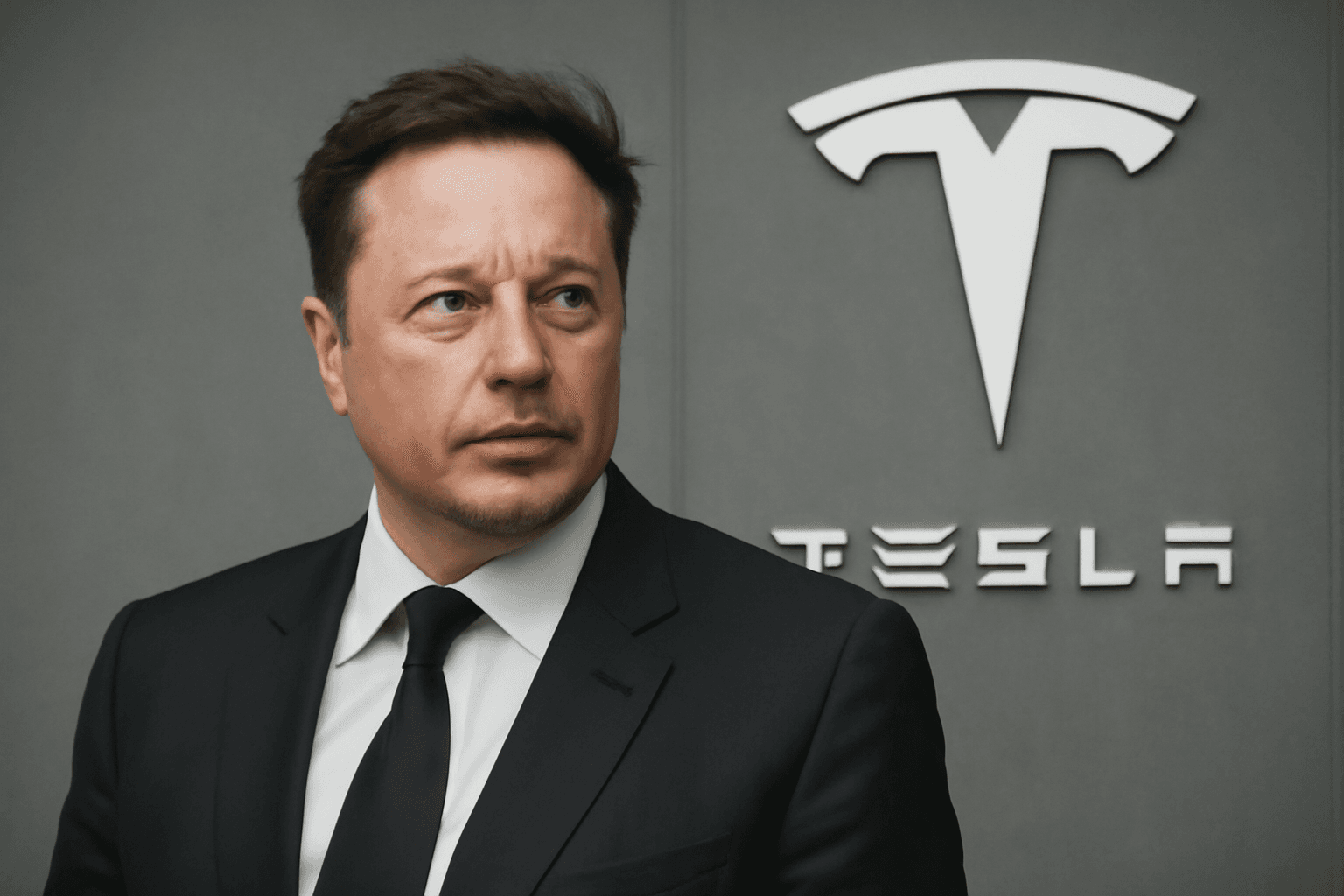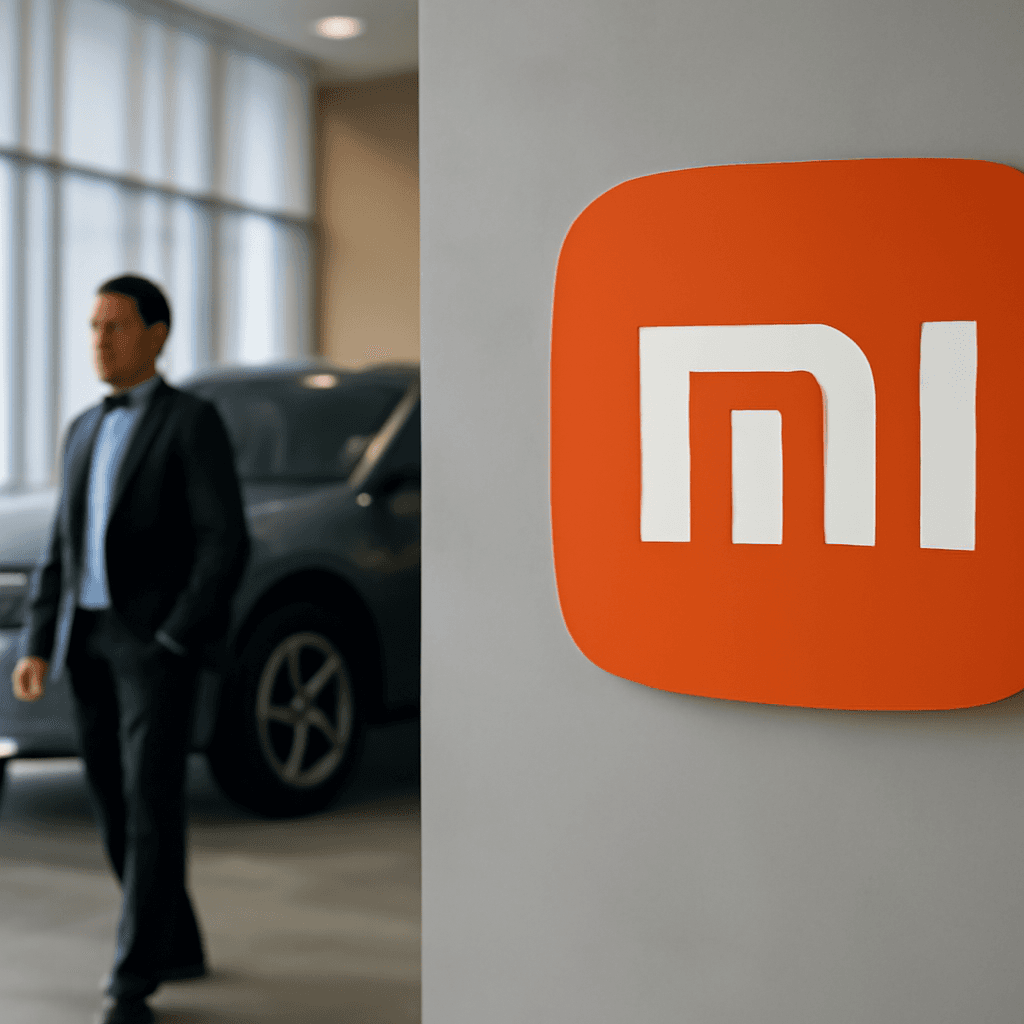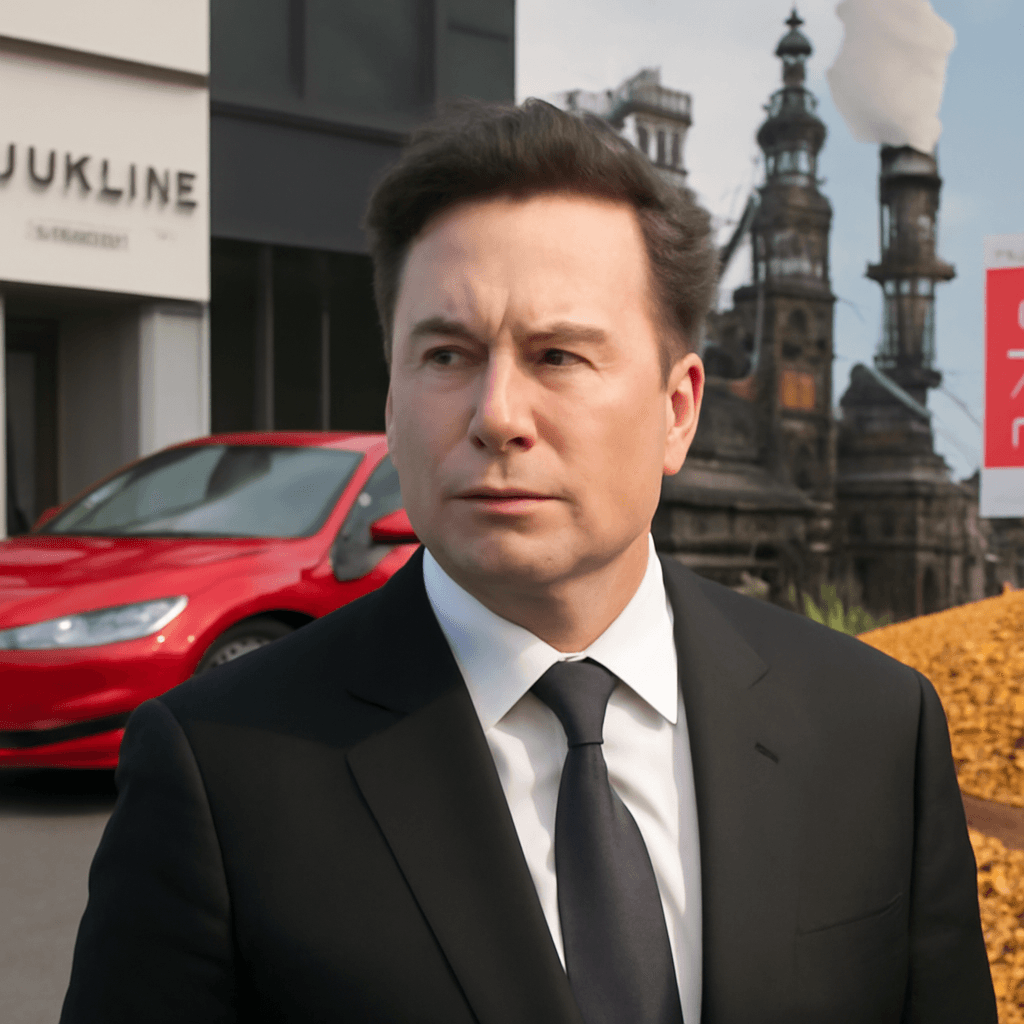Slate Auto's Vision for Affordable Electric Vehicles
Slate Auto, a Michigan-based electric vehicle startup with backing from Jeff Bezos, is developing a modular, stripped-down electric pickup truck designed to transform the affordability and personalization of EVs. The company envisions its vehicle as a back-to-basics, highly customizable electric pickup that could redefine consumer choices in the industry.
Beta Production Facility and Vehicle Design
Operating from a beta production facility in Lake Orion Township, near Detroit, Slate Auto is hand-assembling over 70 vehicles, primarily two-seat, two-door electric pickups that can be converted into various SUV body styles. The vehicles feature injected-molded composite exteriors, manual windows, minimal electronics, and no conventional infotainment system, emphasizing simplicity and cost efficiency.
Each vehicle off the assembly line is uniform to minimize complexity before optional accessories or different body panels are added, reflecting a modular strategy seldom attempted by other automakers. The interiors only include essential instrumentation, while connectivity and entertainment are provided through the owner's personal devices.
Manufacturing Strategy and Production Goals
Slate Auto plans to scale up production at a new, larger facility in Warsaw, Indiana, aiming for an annual capacity of 150,000 vehicles starting by the end of 2025. This expansion is ambitious given the challenges of establishing supply chains, production processes, and workforce for a new automaker. Yet, Slate's leadership believes their simplified design and manufacturing approach will reduce capital intensity compared to other EV startups.
Key Characteristics of the Slate Vehicle
- Battery Options: Standard 52.7-kWh pack (approx. 150-mile range) or optional 84.3-kWh pack (targeting 240 miles).
- Top Speed: Limited to 90 mph.
- Body Material: Injection-molded composite panels instead of traditional steel or aluminum.
- Customization: Customers can easily add or remove components and body panels themselves through bolt-on assemblies.
- Pricing: Targeted base price under $25,000 before a potential EV tax credit.
Innovation and Cost-Control Approach
Slate Auto’s vehicles avoid costly paint processes by utilizing vinyl wrap exteriors, and the use of off-the-shelf components further reduces expense. The modular design allows consumers to personalize their vehicles substantially, from decals and lights to tires and exterior configurations—leading to over 160 customization options across 11 categories.
The company emphasizes a 'radically simple and affordable' product philosophy, aiming to deliver a vehicle that is lean in features but rich in personalization, contrasting sharply with feature-heavy, expensive EV offerings.
Challenges Ahead
Despite promising design innovations, Slate Auto faces considerable obstacles:
- Market Limitations: The vehicle’s two-door pickup format caters to a niche market, with limited demand compared to four-door crew cab pickups dominating U.S. registrations.
- Complexity vs. Customization: The extensive customization options, while a selling point, introduce supply chain and logistical complexities that could challenge scalability.
- Financial Pressure: The company is currently in a Series C funding round after securing $700 million previously, with plans to invest hundreds of millions into its Indiana plant—balancing capital requirements with profitability.
- Competitive Pricing: Analysts question whether the initial affordability will hold once customers add options, potentially raising prices into midsize truck territory around $35,000.
- Regulatory Uncertainty: The stability of EV tax credits, crucial for direct consumer affordability, remains uncertain under evolving legislative conditions.
Industry Perspectives
Experts note that although Slate Auto introduces fresh ideas in modularity and streamlined production, the automotive sector remains challenging for startups, particularly in scaling production and penetrating the mass market. The vehicle’s pared-down features help maintain lower prices but may limit broad consumer appeal, especially given competitors offering more conventional vehicles with richer features at similar price points.
Multiple EV startups have previously thrived on innovation but ultimately struggled with capital, production, or market acceptance. Slate Auto’s approach is seen as promising but unproven in the highly competitive EV landscape.
Conclusion
Slate Auto's approach to electric vehicles centers on simplicity, affordability, and personalization through modular design. Although the company has made substantial progress in prototype development and begins scaling production, it must navigate significant industry hurdles including market demand, financial sustainability, and regulatory factors. The coming years will be critical to determining whether Slate Auto can successfully carve out a new niche in the evolving electric vehicle market.

